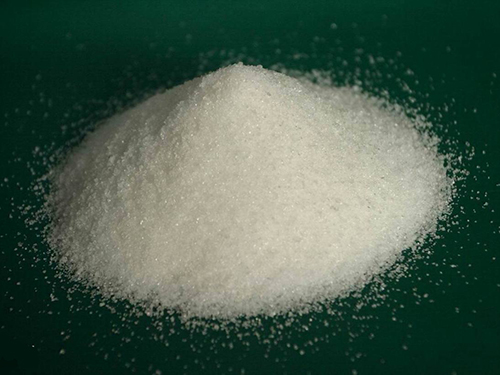poly aluminum chloride pac
Poly Aluminum Chloride (PAC) A Comprehensive Overview
Poly Aluminum Chloride (PAC) is a widely used coagulant in water treatment and purification processes. It is an inorganic polymer that is effective in removing suspended particles, impurities, and organic matter from water, making it suitable for municipal, industrial, and wastewater treatment applications. The compound is valued for its ability to improve water clarity, enhance filtration efficiency, and reduce chemical oxygen demand (COD) and turbidity levels.
Composition and Properties of PAC
PAC is synthesized from aluminum oxide and hydrochloric acid. This compound exhibits a high degree of hydrolysis, resulting in a complex structure of aluminum hydroxide polymers. These charge-neutralizing and coagulating properties make PAC particularly effective in various water treatment scenarios. The molecular weight of PAC can vary, depending on the manufacturing process, which typically ranges from 50,000 to 300,000 grams per mole.
One of the notable characteristics of PAC is its variable aluminum content, usually expressed as a percentage. Common formulations include PAC with aluminum content ranging from 10% to 18%. The specific formulation selected for a particular application often depends on factors such as the type and quality of raw water, the desired level of clarification, and regulatory requirements.
Applications of PAC in Water Treatment
The primary application of PAC is in drinking water treatment. Its effectiveness in coagulation and flocculation helps remove suspended solids, color, and other contaminants from raw water sources. When PAC is added to water, it creates larger aggregates of particles, known as flocs, which can be more easily removed through sedimentation or filtration.
In addition to drinking water treatment, PAC is also used in wastewater treatment processes. It is instrumental in treating industrial effluents, where it helps to reduce the concentration of pollutants and improve the overall quality of the wastewater before it is discharged into the environment. PAC is particularly beneficial for treating waters that contain high levels of organic matter or turbidity.
poly aluminum chloride pac

Moreover, PAC finds applications in paper manufacturing and the textile industry, where it serves as a retention aid and a sizing agent. In these industries, PAC enhances the quality of the end products while reducing the environmental impact by improving effluent characteristics.
Advantages of Using PAC
One of the primary advantages of PAC is its effectiveness at lower dosages compared to traditional coagulants such as aluminum sulfate. This results in reduced sludge production and lower disposal costs, making PAC a more environmentally friendly option. Furthermore, PAC operates effectively over a broader pH range (from 5 to 9), allowing for greater flexibility in varying water conditions.
Another significant benefit of using PAC is its rapid coagulation and sedimentation properties. The formation of larger flocs ensures quicker settling times, leading to more efficient treatment processes. This feature can greatly enhance the performance of water treatment plants, leading to cost savings and increased throughput.
Environmental Considerations and Safety
While PAC is generally regarded as safe for use in water treatment, appropriate handling and safety measures should be observed. It is advisable to follow regulatory guidelines and best practices to ensure that PAC is used effectively and that potential health risks to workers are minimized. Furthermore, environmental monitoring of treated water is essential to ensure compliance with safety standards.
Conclusion
Poly Aluminum Chloride represents a significant advancement in water treatment technologies. Its effectiveness as a coagulant, coupled with its environmental benefits and economic advantages, makes PAC a preferred choice for many water treatment applications. As global water resources face increasing pressures, the role of efficient and sustainable water treatment solutions such as PAC will be vital in safeguarding public health and preserving the environment. As research continues in this area, new formulations and applications of PAC may further enhance its role in achieving clean and safe water for diverse uses worldwide.
-
lk-319-special-scale-and-corrosion-inhibitor-for-steel-plants-advanced-solutions-for-industrial-water-systemsNewsAug.22,2025
-
flocculant-water-treatment-essential-chemical-solutions-for-purification-processesNewsAug.22,2025
-
isothiazolinones-versatile-microbial-control-agents-for-industrial-and-consumer-applicationsNewsAug.22,2025
-
scale-inhibitor-key-solutions-for-water-system-scale-preventionNewsAug.22,2025
-
organophosphonates-versatile-scale-inhibitors-for-industrial-water-systemsNewsAug.22,2025
-
scale-and-corrosion-inhibitor-essential-chemical-solutions-for-water-system-maintenanceNewsAug.22,2025





